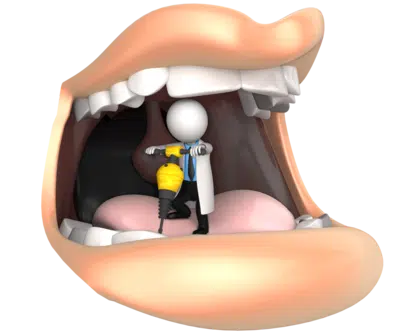Tooth Decay is the 2nd most common disease in the U.S. after the common cold. (And may just be the most common and widespread disease of humankind.)
-
Widely considered common: Many organizations, including the World Health Organization (WHO) and the National Institute of Dental and Craniofacial Research (NIDCR), report tooth decay (dental caries) as the most common non-communicable disease worldwide [WHO oral health, NIDCR dental caries]. This means it’s the most widespread chronic illness that isn’t contagious.
-
Debatable for “all diseases”: Some sources rank it as the second most common in the US, after the common cold (which is contagious) It’s possible other common conditions might be more prevalent depending on the definition used.
Many of us generally take precautions to avoid contracting colds from others, such as washing our hands often, and avoiding touching our faces — especially the nose, mouth and eye areas — whenever we are around someone with a cold or have been touching surfaces in public areas.
Now, while tooth decay has been classified as non-communicable — meaning, you can’t get it from someone else — that may not be entirely the case.
Believe it or not, it can be contracted from another person. It can spread through saliva. So, you really don’t want to share utensils, eat food off of the same plate, or use the same spoon. And, make sure your partner doesn’t have decayed teeth.
That may not be a very romantic thought, perhaps, but if you make certain they keep that dental appointment, you’ll be doing both yourselves a favor!




